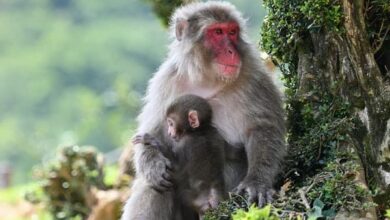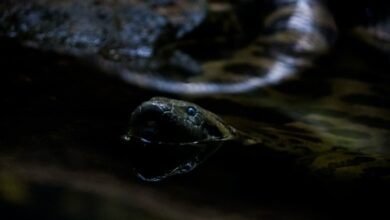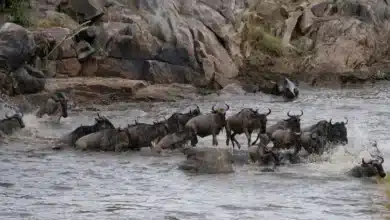Baby Meerkats From Taronga Zoo
Meet Taronga Zoo’s New Baby Meerkats - Little Adventurers With Big Personalities
Taronga Zoo is a warm, reddish-brown area above Sydney Harbour. On this slope, a unique event has been taking place. A small but thrilling drama has captured the hearts of visitors and kangaroos alike. Two baby meerkats just emerged from the nest box, exploring the world for their first time.
These tiny desert dwellers were born in January to new parents, Maputo and Nairobi. They are the latest additions to Taronga’s thriving meerkat group. The pups, which weighed only a few grams at birth, are now over 120 grams in weight.
These aren’t simply cute additions to the zoo. These are living links to the vast landscapes of Southern Africa where the survival and growth of a pup meerkat depends on a complex social structure based on cooperation, communication and love.
Meet these new arrivals and dive into their fascinating, sun-baked home.
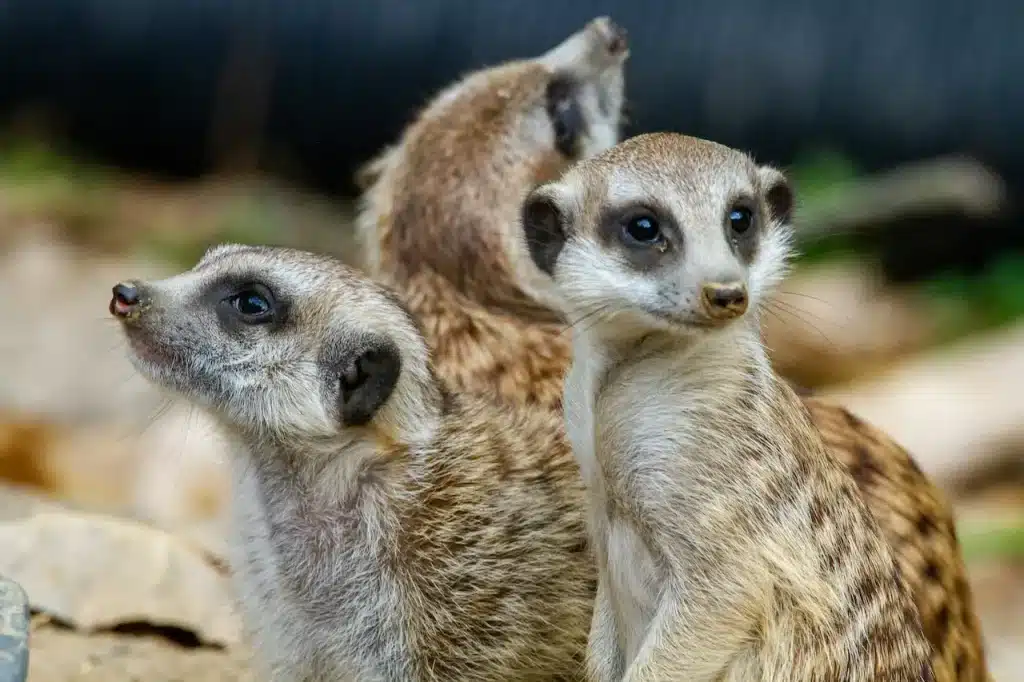
First steps in a Big New World: Baby Meerkats From Taronga Zoo
Courtney Mahony is a keeper at Taronga. She smiles as she watches her pups stumble into the sunlight for the first time. They have wide-open eyes and twitching nostrils. “They’re young, but already they are showing signs of their little personalities.”
The male puppy is noticeably bigger and has earned a reputation for being the most bold. He darts forward to investigate smells while shadowing his dad, Maputo. His tail is held up like a small flag. He is quieter, more cautious and often pressed up against her mother, Nairobi. She watches intently while the rest of the gang goes about their foraging and guard duty.
Mahony continues, “This is brand-new for them.” They learn from their parents. Nairobi and Maputo have shown themselves to be attentive and gentle parents for the first time.
Maputo will curl up around his young in the mornings like a living cover, protecting them as they sleep. Nairobi gently grooms the pups, feeds them and guides them with gentle nudges while they totter around their sandy enclosure.
Born in a Burrow: Meerkat parenting 101
Meerkats are found in the Kalahari Desert, Namibia, Botswana and South Africa. The meerkat lives and fights in these vast, sun-blasted, scrubby plains.
Meerkat pups are usually born in a group of underground dens. They’re safe from predators and the harsh temperatures. A can have 2-4 pups per year. Although the mother is the one who takes care of the babies, the family also plays a big role in the process.
Even unrelated family members and older siblings will help to feed, protect, and groom the pups. This is an old and effective strategy for a land in which predators are always lurking and where survival is a constant challenge.
Even in captivity, the instincts are still intact. This cooperative breeding behaviour is also reflected in zoos such as Taronga. The parents teach their pups how to play, forage and, most importantly, how to recognise danger in the skies.
The sky is not always friendly
A young meerkat’s ability to survive depends less on strength than on vigilance. These animals are nature’s most cooperative communicators. They have a wide range of vocal signals, including alarm calls.
A meerkat perched on its back legs and scanning the horizon is one of the most iconic images of the African savannah. It has bright eyes and a nose that twitches. It’s not just a matter of curiosity.
From above, danger is always present.
Predatory birds, such as hawks and eagles, pose a constant danger to meerkats. Even their shadow is enough to cause a reaction. This danger is so great that meerkats are known to run for cover when they hear an aeroplane. They mistakenly believe it’s a predator.
In each group, some individuals act as sentries by climbing higher ground or to designated watch spots. They warn the group of danger by chirping or barking in a high-pitched, shrill voice. The system they use is so sophisticated that the different sounds can identify the type of threat and the direction.
The pups at Taronga are already tuned in to the calls. A sudden squawk by an ibis nearby sends the pups tumbling to cover. Instinct takes over. This is both adorable and impressive, a reminder that nature is never far from even in Sydney.

Why Meerkats thrive in groups: The mob mentality
The relatives of the mongoose are meerkats. They are about the size and personality of squirrels, but they have a stronger social structure. Their social structure is one of their most endearing characteristics. They are commonly called a gang or “mob.”
These mobs in the wild can be as small as one individual to as large as 30 individuals. They live in connected burrows, which they expand and move between, to avoid being detected. Their social life is complex and filled with grooming.
The Taronga mob is a safe and nurturing environment for pups. The older meerkats show how to dig up insects and track the scent of their prey. This is a live wildlife show, with thousands of years of evolution in the African plains.
Meerkats can be playful and interactive when they are not on alert. Taronga pups are a joy to watch as they play, wrestle, and mimic their fathers’ sentry posture.
What’s On The Menu? A Meerkat’s Diverse Diet
Meerkats do not have a particular food preference. They evolved as opportunistic because food is scarce in their native habitat. They eat insects, lizards and birds as well as eggs, fruit, and other foods.
Taronga Zoo’s keepers recreate this varied desert diet using mealworms and crickets. They also use specially formulated zoo food to ensure that each feeding is nutritious and enriching. The food can be hidden in puzzle feeders or buried under sand to simulate foraging.
Meerkats, for example, are immune to some venoms, including scorpion venom, allowing them to eat creatures that desert dwellers would normally avoid. This is just one of their many biological quirks that make them such good survivors.
They are just as advanced in their communication when they eat. As they eat, low purring sounds fill the air. This is an indicator of social bonding and safety.
Meerkats and humans: Tiny Hunters turned into Heroes
Meerkats have been a surprising ally of humans for centuries. In certain parts of southern Africa, they were used as rodent-catchers in villages, searching granaries and homes with remarkable skill. They were formidable pest-fighters because of their sharp reflexes and keen senses of smell.
Their appeal has now spread worldwide, thanks in part to animated movies, memes and documentaries. Beyond the internet fame, there is a creature that has a deep connection with its environment and is perfectly adapted to desert life.
Conservationists at Taronga Zoo hope that by displaying meerkats in such an immersive, respectful and interactive way, they can inspire people not only to care about these small mammals but also the fragile ecosystems where they live.
A Zoo With a View – And a Mission
Taronga Zoo, located just a short ferry ride from Sydney’s Circular Quay, is not your average animal park. It’s an animal park with sweeping harbour views and a commitment to conservation. The animals here aren’t just for show; they are Ambassadors of their wild counterparts.
The arrival of new meerkat puppies is part of an ongoing mission to engage and educate the general public on the importance of biodiversity and habitat protection.
Courtney Mahony says, “It’s a joy to watch these little ones develop and grow. But it’s a powerful reminder about what’s on the line.” The natural world has many wonders, both big and small. It’s our job to protect them.
Taronga actively supports projects in Africa and Asia, and works with international partners to secure the future of endangered species, from meerkats and rhinos.
Plan a visit: Meet the Mob
Taronga Zoo is the best place to see the pups in action. Watching them pop up from behind a rock, climb over their siblings, or take their first tentative steps into the unknown is an unforgettable experience–especially for children.
Daily keeper offers at the zoo
There are also interactive exhibits and tours behind the scenes for those who want to learn more about these fascinating animals.
Taronga’s channels on the internet often feature videos, livestreams and puppy updates, bringing a little bit of Kalahari magic to homes all over the world.
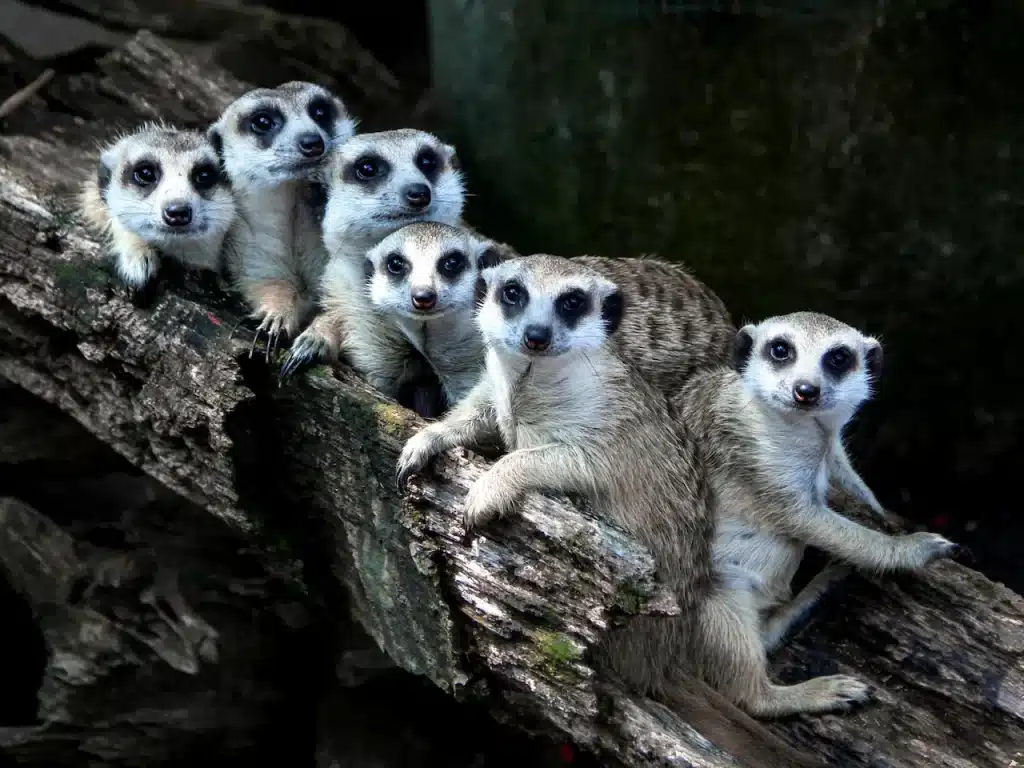
Conclusion: Little Lives, Big Lessons
The birth of two pups at Taronga Zoo may seem like a minor story in a world that is increasingly threatened by habitat loss and climate change. In reality, this is anything but.
These little explorers remind us about the resilience of nature, the power and bond of parent and child, even among mongooses that live in a zoo enclosure looking out over Sydney Harbour.
Meerkats continue their charm, teaching, and inspiration, whether they are in the burrows or carefully designed habitats at Taronga.
Here’s to the new puppies– curious and adventurous, as well as the sunlit, vast world that they were born to discover.
